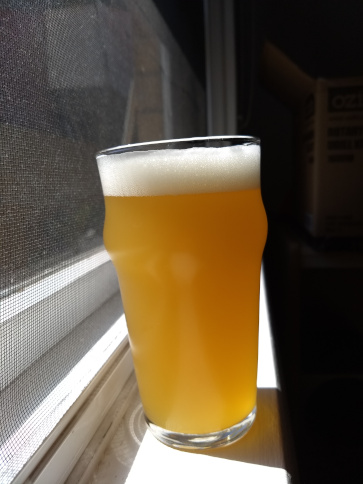crusader1612
Well-Known Member
I'm finally embarking on my first liquid yeast hazy. (we call them Hazy IPA's here in NZ, as we not in the northeast/new england).
Flameout Centennial,El-Dorado, Chinook, with a little bit of Nelson & Hort4337. 50g of each at flameout plus 5g of nelson & hort.
Dryhopped with Citra, Mosaic, Nelson & Hort4337 (exp NZ hop) 50g of each, 25% at high Krausen, with the remainder 5 days later
WLP 066 London Fog
Ale Malt
Flaked Oats
Wheat
Acidulated malt for pH
1.066
Flameout Centennial,El-Dorado, Chinook, with a little bit of Nelson & Hort4337. 50g of each at flameout plus 5g of nelson & hort.
Dryhopped with Citra, Mosaic, Nelson & Hort4337 (exp NZ hop) 50g of each, 25% at high Krausen, with the remainder 5 days later
WLP 066 London Fog
Ale Malt
Flaked Oats
Wheat
Acidulated malt for pH
1.066






































![Craft A Brew - Safale S-04 Dry Yeast - Fermentis - English Ale Dry Yeast - For English and American Ales and Hard Apple Ciders - Ingredients for Home Brewing - Beer Making Supplies - [1 Pack]](https://m.media-amazon.com/images/I/41fVGNh6JfL._SL500_.jpg)
























